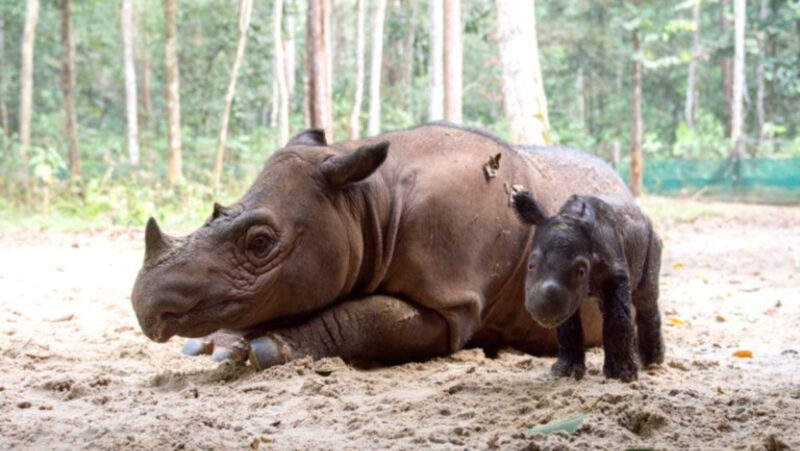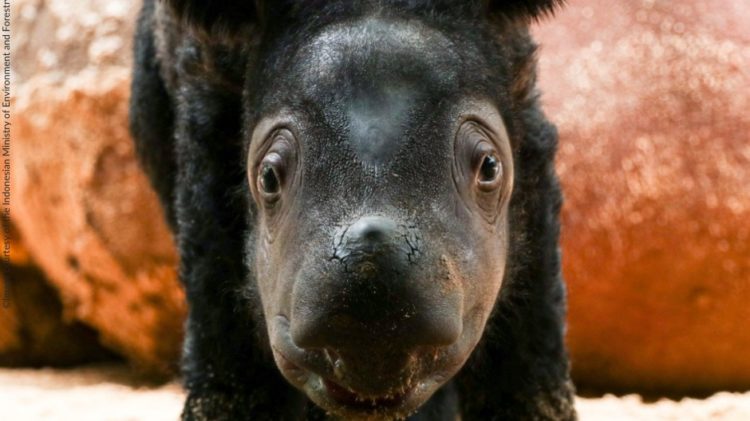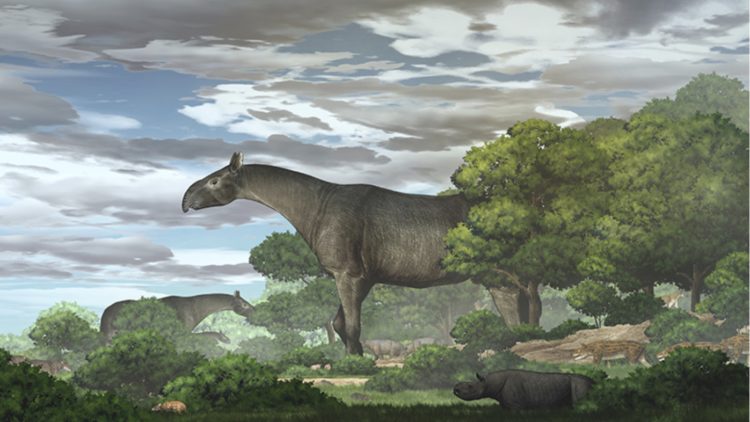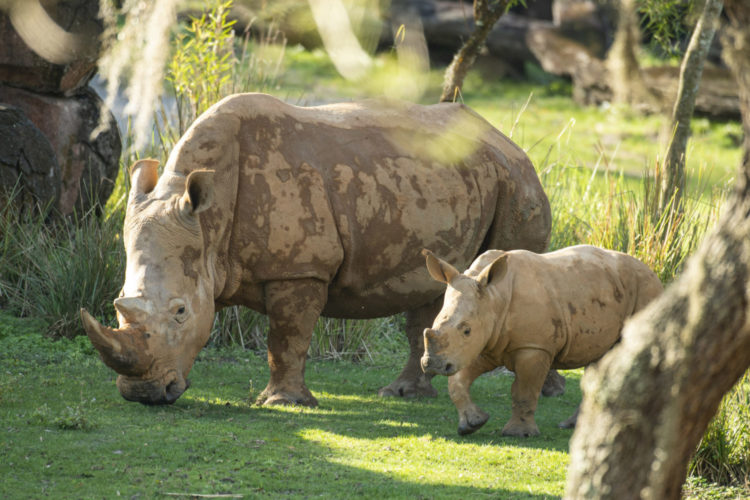Ancient intact woolly rhino found in Siberian permafrost
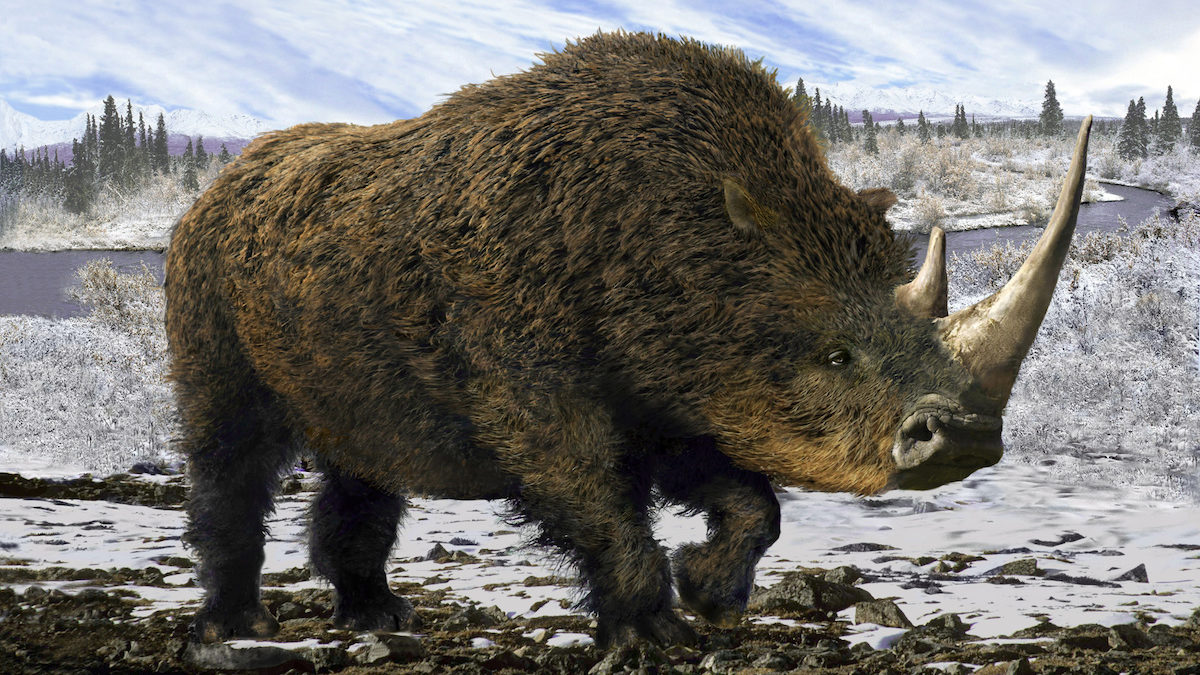
Of all the things you might expect to come across on a walk, an extinct rhinoceros probably isn’t one of them. But Alexei Savvin, a resident of Yakutia, Siberia, found the ancient carcass of a juvenile woolly rhino while walking near the Tirekhyakh river last August.
According to researchers, the carcass is between 20,000 and 50,000 years old. With most of its internal organs, hooves and fur coat intact, it’s the most complete young woolly rhino that’s ever been discovered. Researchers even found its horn not far from its body.
“The young rhino was between three and four years old and lived separately from its mother when it died, most likely by drowning,” Valery Plotnikov, a paleontologist from the Russian Academy of Sciences, told the Siberian Times. “The rhino has a very thick, short underfur. Very likely, it died in summer.”
There are still lots of unanswered questions, and scientists hope to carry out radiocarbon dating on the carcass to narrow down the time of the rhino’s death, and also determine its sex.
Plotnikov believes the mammal used its horn to gather food, due to the traces of wear found on it, Reuters reported. The news outlet also shared a picture of the remains on Twitter.
Woolly rhino remains found in melting Siberian permafrost https://t.co/dFEzCdpuIA pic.twitter.com/LkimfULyPM
— Reuters (@Reuters) December 30, 2020
Here’s a video, posted to YouTube by The Siberian Times, which shares a close-up of the exciting find:
The carcass, estimated at 80% complete, will be sent to a lab in Yakutia’s capital city, Yakutsk, for additional analysis. After that, it’ll go to Sweden, where scientists are sequencing rhino genomes to better understand their history.
The woolly rhino was common throughout Europe and northern Asia during the Pleistocene period (the most recent Ice Age), which ended around 11,700 years ago. It had a thick fur coat and two horns, a small one between its eyes and a larger one toward its nose, which pointed upward.
The as-yet-unnamed woolly rhino isn’t the only one of its kind to have been found near the Tirekhtyakh river. In 2014, another young woolly rhino – later named Sasha by researchers – was found in the same area. And the remains of other extinct animals, including foals, puppies and cave-lion cubs, have been discovered in parts of Siberia in recent years, the BBC reported. This is a result of global warming thawing out the permafrost in Russia’s extreme north and eastern regions.


